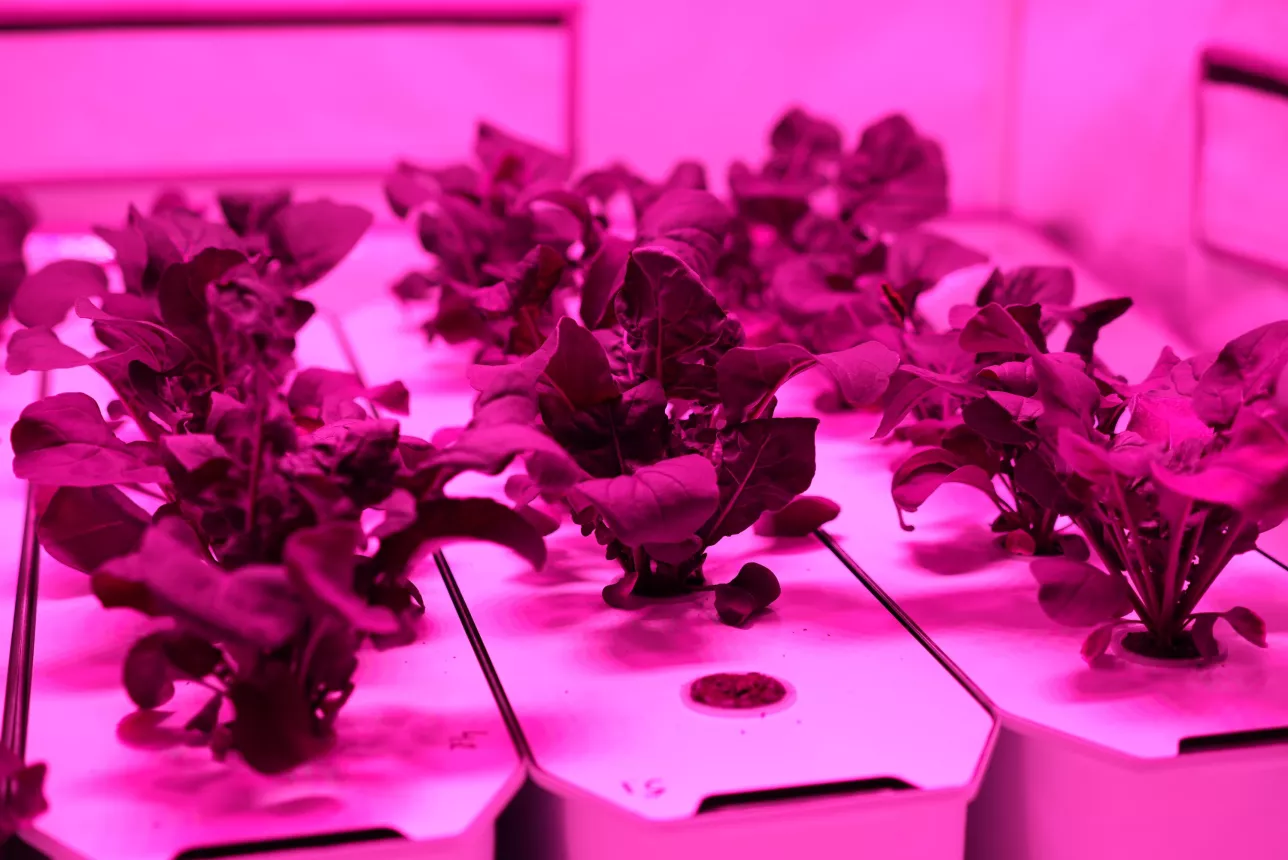Food hygiene
The research of the Food hygiene group is divided into two parallel parts, one focused on medicine and the other on food hygiene. However, the parallel research areas have a strong interaction and a common denominator in the form of harmful and beneficial bacteria and how they can affect our well-being.
The gut microbiome has attracted increasing attention in the areas of scientific and medical research and the field has evolved rapidly. It is believed that ingestion of beneficial bacteria via probiotics and fermented food products can cause positive improvements of the microbiota composition, the barrier function, and the immune reactions, promoting human health.
At the same time, foodborne illnesses are a growing global concern and foodborne bacteria can temporarily integrate into the gut microbiome and constitute what can be called the transient microbiome, which has a significant role on the overall gut community structure and function.
For humans, the interdependence of diet, immune and commensal interactions is of utmost importance and the Food hygiene group identify bacterial communities and taxa in both humans and food, which are associated with health and development of disease. The identification and characterisation of natural microbial communities are also used in the search for new beneficial strains that are applied to improve food safety and fermentation processes as well as to develop healthier and more sustainable food systems and new products.
Contact

Åsa Håkansson
Email: asa [dot] hakansson [at] food [dot] lth [dot] se
Telephone: +46462228326

Profile Area Food and Bio
The research area is part of LTH's Profile Area Food and Bio (lth.se).
